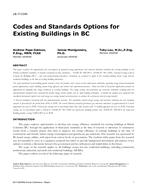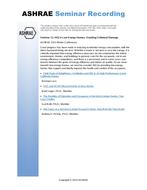In this paper, the performance of a plate finned tube heat exchanger, operating under frosting conditions is investigated. Frost accumulation on the fins and tubes of a heat exchanger, a direct result of combined heat and mass transfer of the moist air flowing across a cold surface, causes heat transfer performance degradation due to the insulating effect of frost layer and the coil blockage as the frost grows. A quasi-steady control-volume model for modeling a plain-fin round-tube heat exchanger under frosting condition considering the thermal contact resistance between the fin collar and tube was developed and the governing equations are solved numerically. In order to make the model more realistic, the variation of frost thickness along the fin has been taken also in consideration. Also the model is capable to predict the behavior of an air cooler under no frosting condition. Comparisons were made based on the frost mass accumulation, pressure drop across the coil and energy transfer coefficient and results were found to agree well with reported experimental results. Also the effects of face velocity, relative humidity and working fluid inlet temperature on the air side pressure drop and overall heat transfer coefficient have been investigated.
Units: SI
Citation: ASHRAE Transactions, vol. 115, pt. 1, Chicago 2009
Product Details
- Published:
- 2009
- Number of Pages:
- 14
- File Size:
- 1 file , 3.7 MB
- Product Code(s):
- D-CH-09-055


